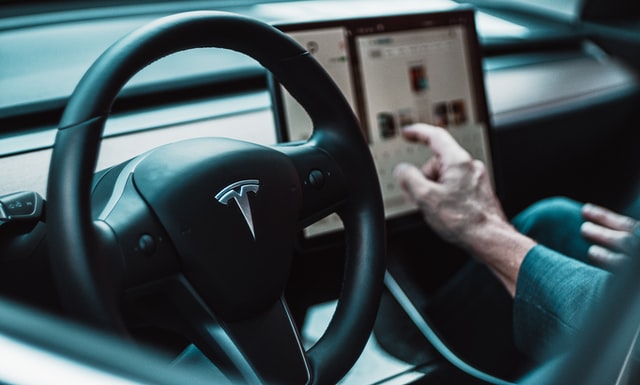
Today’s post is going to be dedicated to software and its importance in cars nowadays. We encourage you to visit the article at the link here, as a lot of the things mentioned here will be inspired by it.
“Once, software was a part of the car. Now, software determines the value of a car,”
– Manfred Broy, professor of informatics at Technical University in Munich and a leading expert on software in automobiles
Ten years ago, the car that contained 100 microprocessor-based electronic control units (ECUs) was rare and considered premium. Now, top models such as BMW 7 or Audi A8 can pack up to 150 or more ECUs, capable of handling more data than ever before. The more complex the technology is, the more it adds to the price. Or does it?
High safety features in low end EVs
NIO’s ET7 that we reviewed a couple of weeks back generates 8GB of data every second the car moves. Sounds overblown, right? Not when the car has 33 high-performance sensing units that include eleven 8MP high-resolution cameras.
Or when Ford indicated at CES 2016 that its new pickup, F-150, has 150 million lines of code.
Now, low-end vehicles are getting close to 100 ECU units as the safety features that were once considered a luxury, are now becoming the standard. If new electric vehicles cannot dominate the market with the range that they offer, they can work on improving safety features such as adaptive cruise control and automatic emergency braking.
“Volvo has a superset of about 120 ECUs from which it selects to create a system architecture present within every Volvo vehicle. Altogether, they comprise a total of 100 million lines of source code.” says Vard Antinyan, a software quality expert at Volvo Cars
Antinyan also said that some of the Volvo vehicles consist of over 10 million conditional statements, as well as 3 million different functions. Imagine having to maintain a system of such size…
Vehicle customizations and various physical network adaptions are supported by thousands of wiring harness types. As a result, an automobile’s network harness, which connects thousands of components, may comprise over 1,500 wires with a total length of 5,000 meters and a weight of over 68 kg. As the number of ECUs, sensors and similar electronic devices has expanded, automakers have made it a priority to reduce harness weight and complexity.
Software – pros and cons
Another interesting fact is that most of the big players actually don’t develop their software in-house. The code is usually written elsewhere in the value chain, provided by a wide range of suppliers. Tesla is an outlier here.
Even for popular models that have been thoroughly tested, software-related problems are frequently discovered and rectified after they have been sold. That happened to GM with the recall of its bestselling vehicle, the 2019 Chevy Silverado.
Because of this, security plays a huge role. As newer vehicles are usually connected to the internet 24/7, they communicate data with their internal servers all the time. They have to, otherwise, some of the functionality like over-the-air updates would be unavailable. Big brands will require a software update management system to ensure secure handling of over-the-air software upgrades.
Maintaining a database of operational software components utilized in each automobile ECU and a history log of version updates applied over the vehicle’s lifetime is being encouraged. This software bill of materials can assist automakers in swiftly determining which ECUs and automobiles are compromised by a particular cyber vulnerability. In summary, the security of the software should go in hand with its improvement.
Don’t miss the latest news in the EV space!




